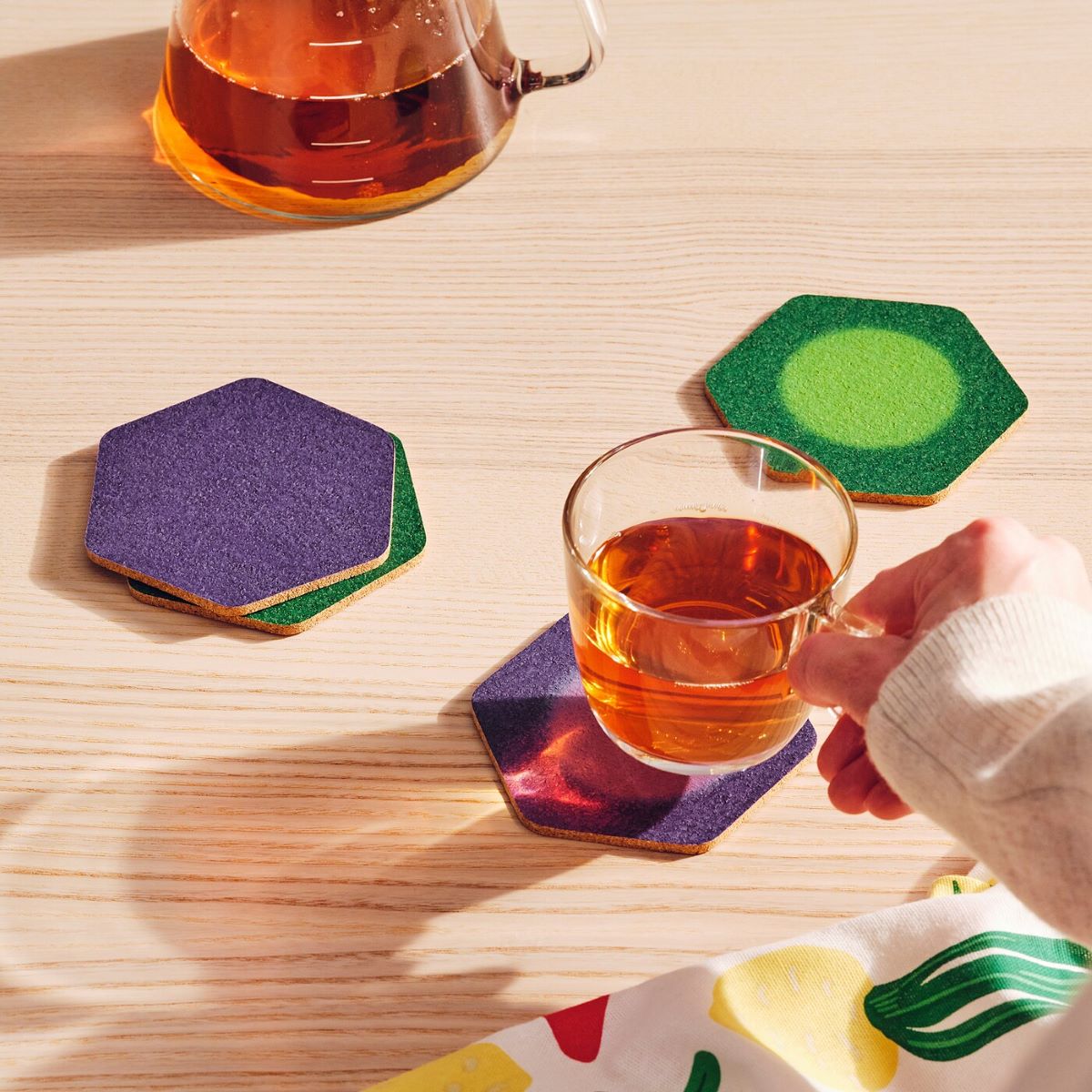

Tableware
What Are Coasters For
Modified: January 9, 2024
Discover the purpose and benefits of coasters in our comprehensive guide. Explore how these tableware essentials protect your furniture and add style to your home décor.
(Many of the links in this article redirect to a specific reviewed product. Your purchase of these products through affiliate links helps to generate commission for Storables.com, at no extra cost. Learn more)
Introduction
Welcome to the fascinating world of tableware! When it comes to setting the perfect dining scene, we often focus on the plates, glasses, and cutlery. However, there is one humble yet essential item that often goes unnoticed – the coaster. Coasters are small, portable, and highly versatile accessories that serve multiple functions. From protecting your furniture to adding a touch of elegance to your decor, coasters are more than just a practical necessity. In this article, we will dive into the world of coasters, exploring their purpose, history, and various uses.
So, what exactly are coasters? To put it simply, coasters are small, flat objects, usually made of materials like cork, wood, ceramic, or glass. They are typically circular or square in shape and have a smooth surface. Coasters are designed to be placed underneath glasses, cups, or other beverage containers to protect the surfaces of tables, countertops, or any other furniture.
The history of coasters dates back centuries, with the first known coasters being used in ancient civilizations like the Egyptians and Greeks. These early coasters were made of natural materials such as stone and were primarily used to absorb moisture or prevent hot containers from damaging delicate surfaces.
Fast forward to modern times, and coasters have evolved into a variety of types and styles. Let’s explore some of the most common types of coasters:
- Traditional Coasters: These are the classic coasters made of materials like cork or fabric. They are simple, affordable, and provide effective protection against moisture and heat.
- Stone Coasters: Crafted from natural stone, these coasters add a touch of elegance to any table setting. They are durable and have excellent moisture-absorbing properties.
These are just a couple of examples, as coasters come in a wide range of designs, including those featuring artwork, patterns, or even customized logos. The purpose of coasters goes beyond merely protecting furniture. Let’s explore their practical uses in more detail:
Protection of Furniture: One of the primary functions of coasters is to protect your furniture from potential damage caused by hot or cold beverage containers. By placing a coaster underneath your drink, you can prevent heat or condensation from seeping into the surface and causing unsightly watermarks or warping.
Decorative Uses of Coasters: Coasters can add a touch of style and aesthetic appeal to your table setting. They come in a wide array of designs, colors, and materials, allowing you to coordinate them with your existing décor or create a unique visual statement.
Preventing Condensation Rings: Have you ever had the frustration of discovering unsightly rings on your wooden table caused by moisture? “Ring marks” are a common problem, particularly with cold drinks. Coasters act as a barrier, preventing condensation from forming and leaving behind those annoying marks.
Coasters for Advertising: Coasters also serve as a clever marketing tool, with businesses often using them to promote their brand. Customized coasters featuring logos, slogans, or contact information can be distributed in restaurants, bars, or trade shows, effectively increasing brand visibility.
From protecting furniture to adding a touch of elegance, coasters are a must-have tableware accessory. Their practical uses, decorative appeal, and even advertising potential make them a versatile addition to any home or establishment. Whether you’re sipping on a hot cup of coffee or enjoying a refreshing cocktail, don’t forget to reach for that coaster – it’s much more than just a small piece of tableware!
Key Takeaways:
- Coasters are more than just practical accessories; they protect furniture, add style, and serve as a clever marketing tool. Their history, diverse types, and versatile uses make them essential for any table setting.
- From preventing water rings to showcasing personal style, coasters offer practical and decorative benefits. They protect furniture, elevate decor, and even provide a unique platform for advertising, making them a must-have accessory for any home or establishment.
Read more: What Is The Best Material For Coasters
Definition of Coasters
Before we explore the various uses and functions of coasters, let’s start with a clear definition of what they actually are. Coasters, sometimes referred to as drink coasters or beverage coasters, are small, flat objects that are placed underneath glasses, cups, or other beverage containers to protect the surfaces of tables, countertops, or any other furniture.
Coasters are typically made of materials such as cork, wood, ceramic, or glass. They are designed to provide a barrier between the beverage container and the surface it is placed on, preventing damage caused by factors like heat, moisture, or condensation.
These objects may be shaped like circles, squares, or even custom designs, depending on personal preference or the overall aesthetic of the space. Coasters come in various sizes, but the standard diameter for a circular coaster is usually around 3.5 to 4 inches.
There are different types of coasters available in the market today, ranging from traditional coasters made of cork or fabric to more modern options like stone or silicone coasters. The choice of material often depends on factors such as durability, absorbency, heat resistance, and the desired visual appeal.
Coasters serve a dual purpose – practical and aesthetic. On the practical front, they prevent moisture from seeping into the furniture, protecting it from water rings, stains, or damage. They also act as a buffer against heat, preventing it from transferring directly to the surface and potentially causing damage or warping.
From an aesthetic point of view, coasters can enhance the overall look and feel of a table setting or room decor. They come in a wide array of designs, patterns, colors, and even customized options, allowing you to match them with the existing theme or create a unique visual statement.
Overall, the definition of coasters centers around their role as protective and decorative tabletop accessories. Whether used in homes, restaurants, bars, or offices, these small, versatile items play a crucial role in preserving the beauty of furniture while adding a touch of style to any space.
History of Coasters
The history of coasters is quite fascinating, dating back centuries to ancient civilizations. The earliest known coasters were used by the ancient Egyptians and Greeks, although they served a slightly different purpose than modern-day coasters.
Ancient Egyptians used small pieces of stone or ceramics as coasters to prevent hot containers from damaging delicate surfaces. These early coasters were primarily functional and not necessarily decorative. They were designed to absorb heat and moisture, making them indispensable in a time when people relied on earthenware vessels to hold their drinks.
In ancient Greece, the use of coasters spread and began to incorporate more ornate designs. The Greeks used coasters made of stone, terracotta, or even metals like bronze. These coasters featured intricate engravings or carvings, often depicting mythological scenes or symbols of wealth and power.
As civilization progressed, so too did the development of coaster materials. During the Middle Ages, coasters evolved to include materials such as wood and leather. These coasters were typically larger and more substantial than their ancient counterparts. They were often used in taverns or drinking establishments to provide a clean and stable surface for drinks.
However, it wasn’t until the late 18th century that coasters as we know them today began to take shape. The Industrial Revolution brought about advancements in materials and manufacturing techniques, allowing for the mass production of coasters. Cork became a popular material choice during this time due to its natural absorbency and insulation properties.
In the 19th and 20th centuries, coasters became more commonly found in households and established themselves as a standard item in table settings. They were often made of materials such as cork, stone, or fabric. These coasters typically featured simple designs and were used primarily for functional purposes.
In recent years, coasters have once again seen a surge in popularity and design innovation. With the advent of new materials and technology, coasters now come in a wide range of shapes, sizes, and designs. From personalized coasters displaying photos or custom artwork to coasters with built-in features like temperature indicators or LED lights, the possibilities seem endless.
Today, coasters are not just a practical necessity but also a reflection of personal style and taste. They have become collectibles, art pieces, and conversation starters. Whether you prefer a traditional cork coaster or a modern, avant-garde design, the history of coasters showcases their evolution from functional objects to decorative and highly versatile tableware accessories.
Types of Coasters
Coasters come in a variety of types, each with its own unique characteristics and aesthetic appeal. From traditional materials to innovative designs, there is a coaster to suit every taste and style. Let’s explore some of the most common types of coasters:
- Traditional Coasters: These are the classic coasters that have been used for decades. Traditional coasters are often made of materials such as cork, fabric, or even cardboard. They are simple, affordable, and provide effective protection against moisture and heat. These coasters typically feature a basic design, making them versatile for any decor.
- Stone Coasters: Crafted from natural stone, these coasters add a touch of elegance to any table setting. Stone coasters are durable and have excellent moisture-absorbing properties. They come in various types of stone, such as marble, slate, or sandstone, each with its unique patterns and colors. Due to the natural variations in the stone, every coaster is one-of-a-kind, making them highly coveted by those who appreciate artisanal craftsmanship.
- Glass Coasters: Glass coasters are elegant and sophisticated, bringing a stylish touch to any table setting. They are made from tempered glass, making them durable and resistant to chipping or cracking. Glass coasters can feature various designs, such as frosted glass, painted motifs, or even embedded materials like dried flowers or seashells. These coasters are not only functional but also serve as decorative pieces when not in use.
- Wooden Coasters: Wooden coasters add a warm and natural feel to any space. They are usually made from materials like bamboo, birch, or hardwood. Wooden coasters can be left with a natural finish to showcase the grain of the wood, or they can be stained or painted to match the decor. These coasters are known for their durability and are excellent at absorbing condensation.
- Silicone Coasters: Silicone coasters are a more modern and versatile option. They are flexible, heat-resistant, and waterproof, making them highly durable and easy to clean. Silicone coasters often come in various colors and fun shapes, allowing for creative and playful designs. They provide excellent protection against heat and can be used both indoors and outdoors.
- Custom Coasters: Custom coasters are a popular choice for events, promotions, or personalized gifts. They can be made from a range of materials, such as cork, fabric, or even acrylic. Custom coasters can be imprinted with company logos, monograms, or unique designs. They offer a creative way to showcase personal style or brand identity.
These are just a few examples of the many types of coasters available today. From traditional materials to innovative designs, coasters offer a practical solution while also adding a touch of style to your table setting. Whether you prefer a classic cork coaster or a contemporary glass design, there is a coaster out there to suit every taste and occasion.
Purpose of Coasters
Coasters serve a crucial purpose in preserving the integrity and appearance of your furniture. These small yet essential accessories offer several benefits that go beyond just protecting surfaces. Let’s explore the various purposes of coasters:
- Protection from Moisture: One of the primary purposes of coasters is to protect your furniture from moisture damage. When you place a glass, cup, or any other beverage container directly onto a surface, condensation can form, leaving behind unsightly water rings or causing warping. Coasters act as a barrier, preventing moisture from seeping into the surface and preserving the integrity of your furniture.
- Heat Insulation: Coasters also provide insulation against heat. Placing a hot drink directly on a table can cause heat transfer, potentially damaging the surface or leaving burn marks. By using coasters, the heat is evenly distributed and absorbed, protecting your furniture from heat-related damage.
- Preventing Stains and Spills: Coasters create a controlled environment for your drinks, preventing accidental spills or stains on your furniture. Spilled liquids can seep into the surface and cause long-term damage. Coasters collect any accidental drips or spills, allowing for easy cleanup and minimizing the risk of permanent stains.
- Hygiene and Cleanliness: Coasters help maintain hygiene and cleanliness in your space. By placing your drink on a coaster, you minimize direct contact between the glass and the surface, reducing the transfer of bacteria, germs, or other contaminants.
- Decoration and Style: Coasters also serve as decorative elements, adding a touch of style and personality to your table setting. They come in various designs, colors, and materials that can complement your overall decor or add a unique flair to your space. Coasters offer an opportunity to showcase your personal style or theme for a specific occasion.
- Table Etiquette: Using coasters is often considered good table etiquette. When you provide coasters for your guests, it shows that you value and take care of your furniture. It also indicates your attention to detail and consideration for others, creating a welcoming and thoughtful environment.
Whether it’s protecting surfaces from moisture, heat, or spills, maintaining cleanliness, enhancing the visual appeal, or simply practicing good table manners, coasters serve an important purpose in both practical and aesthetic terms. By incorporating coasters into your table setting, you can ensure the longevity of your furniture while creating an inviting and stylish atmosphere for both everyday use and special occasions.
Read more: What Category Are Coasters On Etsy
Practical Uses of Coasters
Coasters are not only decorative accents but also serve numerous practical purposes in our daily lives. Let’s take a closer look at some of the practical uses of coasters:
- Protecting Furniture: One of the primary practical uses of coasters is to protect furniture from damage caused by beverage containers. When a cold drink is placed directly on a wooden surface, condensation can form, leaving behind unsightly water rings or causing discoloration. Coasters act as a barrier, preventing moisture from seeping into the surface and preserving the integrity of your furniture.
- Preventing Heat Damage: Coasters also provide insulation against heat, helping to prevent damage to tables or countertops caused by hot beverages. Placing a hot cup or mug directly on a surface can leave burn marks or cause warping. Coasters act as a buffer, reducing the impact of heat transfer and protecting furniture from heat-related damage.
- Reducing Clutter: Coasters help keep your space organized and free from clutter. By providing a designated spot for beverage containers, coasters prevent cups or glasses from scattering and cluttering your table, ensuring a clean and tidy environment.
- Convenience and Accessibility: Coasters offer convenience by providing a stable and designated place to set down your drink. With coasters readily available, you can easily grab one and place it under your beverage without disrupting the flow of conversation or searching for a suitable surface.
- Easy Cleanup: Coasters simplify the cleanup process when spills occur. If a beverage spills, it is contained within the coaster, preventing it from spreading and damaging the surrounding area. Rather than having to clean an entire table, you can simply remove and clean the coaster, making cleanup quick and hassle-free.
- Portability: Coasters are portable and lightweight, allowing you to easily carry them around. Whether you’re enjoying a meal in the dining room, lounging in the living room, or entertaining guests on the patio, having coasters handy ensures you can protect any surface and enjoy your beverages without worry.
From protecting furniture to reducing clutter and simplifying cleanup, coasters offer practical solutions for everyday living. By incorporating coasters into your daily routine, you can enjoy your favorite beverages while maintaining the beauty and longevity of your furniture.
Coasters are used to protect surfaces from water rings and heat damage caused by hot or cold drinks. Always use coasters to keep your furniture in good condition.
Protection of Furniture
One of the primary purposes of coasters is to protect your furniture from potential damage caused by beverage containers. Whether you have a luxurious dining table, a cherished wooden coffee table, or a delicate antique piece, coasters play a crucial role in preserving the integrity and appearance of your furniture. Let’s delve into the importance of using coasters for the protection of furniture:
Preventing Moisture Damage: When a cold drink is placed directly on a surface, condensation forms, creating moisture that can penetrate the wood, marble, or other materials. Over time, this moisture can cause the surface to warp, stain, or develop unsightly water rings. By using coasters, you create a protective barrier, preventing moisture from seeping into the furniture and preserving its original condition.
Avoiding Heat-related Damage: Hot beverage containers, such as mugs or tea cups, can leave burn marks on surfaces if placed directly on them. Heat can cause wood to discolor, melt finishes, or even warp. By using coasters, you provide a layer of insulation that prevents direct contact between the hot container and the furniture, reducing the risk of heat-related damage.
Shielding from Stains and Spills: Inevitably, spills happen. Whether it’s a small drip, a coffee spill, or a glass of wine tipping over, liquid spills on furniture can be challenging to clean and may leave permanent stains. Coasters act as a shield, catching and containing any accidental spills. If a spill occurs, you can simply clean or replace the coaster, minimizing the risk of damage to the furniture itself.
Preserving Surface Finishes: Furniture surfaces are often treated with protective finishes, such as varnish or lacquer, to enhance their appearance and provide durability. However, these finishes are not immune to damage caused by moisture or heat. Coasters help preserve these surface finishes by preventing direct contact with beverage containers, reducing the chances of chipping, peeling, or discoloration.
Minimizing Scratches and Abrasions: Some beverage containers, such as the bottom of glassware, may have rough or abrasive surfaces that can scratch or mar the surface of furniture. Coasters provide a smooth and cushioned base for these containers, minimizing the risk of scratches or abrasions that may affect the beauty and value of the furniture.
Ultimately, using coasters is an essential part of responsible furniture care. By incorporating coasters into your daily routine, you can protect your furniture from moisture damage, heat-related issues, stains, scratches, and other potential hazards. Whether you’ve invested in high-quality furniture or have priceless family heirlooms, coasters act as a simple yet effective safeguard, ensuring that your furniture retains its beauty and longevity for years to come.
Decorative Uses of Coasters
Coasters are not just practical accessories for protecting furniture; they also offer a fantastic opportunity to add a touch of style and personality to your table setting and decor. With a wide variety of designs, materials, and customization options available, coasters can serve as decorative pieces that enhance the overall aesthetic appeal of your living space. Let’s explore the decorative uses of coasters:
Adding Visual Interest: Coasters come in a range of captivating designs, colors, and patterns, making them eye-catching and visually appealing. Whether you prefer vibrant and bold designs or subtle and minimalist aesthetics, there is a coaster design to suit every taste and interior decor style. Coasters can become a focal point of your table setting, drawing attention and adding a unique touch to your space.
Coordinating with Theme or Season: Coasters offer an opportunity to coordinate with a specific theme or season. Whether it’s using festive coasters during holidays, incorporating coastal-themed coasters for a beach-inspired decor, or featuring floral designs to celebrate spring, they can help create a cohesive and festive atmosphere. Choosing coasters that align with the season or event adds a thoughtful and personalized touch to your overall decor.
Showcasing Personal Style: Using coasters allows you to showcase your personal style and taste. Whether you gravitate towards sleek and modern designs, vintage-inspired motifs, or intricate patterns, there is a coaster design that can reflect your unique personality. By selecting coasters that resonate with your personal style, you can add a personal touch to your space and make it truly feel like home.
Highlighting Artwork and Photography: Coasters provide a platform for showcasing artwork or photographs. Customized coasters can feature your favorite artwork, photographs, or even quotes. Displaying coasters with meaningful images or artwork not only adds a visual element to your decor but also allows you to incorporate sentimental or nostalgic elements into your living space.
Creating a Cohesive Look: Coasters can help tie together the overall look and feel of your table setting. By selecting coasters that complement your tablecloth, dinnerware, or other design elements, you can create a cohesive and harmonious aesthetic. Whether you choose coasters that match or contrast with your existing decor, they add an intentional and polished touch to your table setting.
Conversation Starters: Unique and artistic coasters can also act as conversation starters. Their engaging designs or intriguing patterns can pique the curiosity of guests and spark interesting conversations. Whether it’s discussing the origin of the design or admiring the craftsmanship, coasters can serve as icebreakers and help create a lively and enjoyable atmosphere.
Coasters are not merely functional items; they bring charm, style, and personalization to your table setting and living space. By incorporating coasters that reflect your personality, coordinate with your decor, or showcase your favorite artwork, you can elevate your interior design and create a visually appealing and inviting atmosphere.
Preventing Condensation Rings
Condensation rings, or unsightly water rings, can be a common problem when placing cold beverages directly on tabletops or other surfaces. These rings are caused by the moisture that forms on the outer surface of the glass or cup, which then transfers to the table and leaves behind a mark. Fortunately, using coasters can effectively prevent condensation rings. Let’s explore how coasters help in preventing condensation rings:
Barrier against Moisture: Coasters act as a barrier between the cold drink and the surface it is placed on. When you set a glass on a coaster, the coaster absorbs any condensation that forms on the outside of the glass. By preventing direct contact between the cold beverage and the table, coasters minimize the transfer of moisture and prevent water rings from forming.
Absorbent Properties: Coasters made from materials like cork, fabric, or stone are absorbent, meaning they can soak up moisture effectively. When a glass is set on an absorbent coaster, any condensation that forms is absorbed into the coaster rather than pooling on the table. This absorption property helps in preventing condensation rings and keeps your furniture dry and free from unsightly water damage.
Insulation: Coasters provide insulation between the cold glass and the table, limiting the temperature difference and reducing the formation of condensation. By creating a buffer, coasters help maintain the temperature equilibrium and minimize the likelihood of moisture forming on the surface.
Elevating the Glass: Some coasters have raised or contoured surfaces, which elevate the glass slightly above the table. This elevation increases airflow and reduces the contact area between the glass and the surface, allowing any moisture to evaporate more easily, further preventing the formation of condensation rings.
Designated Drying Area: Placing a coaster under your drink creates a designated area for any condensation to collect. This means that any moisture that does accumulate will be confined to the coaster rather than spreading across the table. This prevents water rings from spreading and makes it easier to wipe away any moisture that accumulates on the coaster itself.
By using coasters, you can effectively prevent the unsightly water rings caused by condensation. They create a protective barrier, absorb moisture, provide insulation, elevate the glass, and create a designated drying area. Whether you’re enjoying a chilled beverage or hosting guests, coasters offer a simple and stylish solution to keep your furniture free from water damage and preserve its beauty for years to come.
Read more: What Type Of Yarn Is Best For Coasters
Coasters for Advertising
Coasters serve as more than just functional and decorative accessories. They also offer a clever and effective way for businesses to advertise their brand and increase visibility. Coasters for advertising purposes have become increasingly popular in recent years due to their ability to reach a wide audience and leave a lasting impression. Let’s explore how coasters can be used for advertising:
Branding Opportunities: Coasters provide a prominent space for displaying your brand logo, slogan, or message. Customized coasters can be printed or engraved with your company’s branding elements, creating a visually appealing and memorable representation of your business. By incorporating your brand identity onto coasters, you extend your advertising reach and increase brand recognition.
Targeted Marketing: Coasters offer a targeted marketing opportunity as they can be strategically placed in specific establishments where your target audience is likely to visit. For example, if you own a brewery, you can distribute branded coasters in local bars or restaurants to reach beer enthusiasts. This focused approach ensures that your marketing efforts are directed towards individuals who are more likely to engage with your brand.
Enhancing Brand Perception: Coasters with a well-designed and high-quality appearance can elevate the perception of your brand. When customers encounter an aesthetically pleasing and durable coaster displaying your brand, they associate those positive qualities with your business. This creates a sense of professionalism, attention to detail, and quality, influencing the perception of your brand in a positive way.
Word-of-Mouth Advertising: Coasters can spark conversations and generate word-of-mouth advertising. Imaginative or unique coaster designs can capture the attention of customers, prompting them to ask questions or make comments. This engagement can lead to conversations about your brand, its products or services, and ultimately generate organic word-of-mouth recommendations, extending the reach of your advertising efforts.
Cost-Effective Marketing: Coasters provide a cost-effective marketing solution, especially for small or local businesses with limited advertising budgets. Compared to traditional forms of advertising, such as billboards or television commercials, customized coasters are more affordable to produce and distribute. With a relatively low cost per unit, coasters allow you to reach a wide audience while maximizing your marketing budget.
Versatile Distribution: Coasters can be distributed in various locations, making them versatile marketing tools. You can place them in restaurants, bars, coffee shops, hotels, or other establishments where people gather and enjoy beverages. By targeting places that align with your target demographic or niche market, you can maximize the exposure of your brand to potential customers.
Coasters for advertising offer a unique and effective way to promote your brand and increase visibility. Whether you distribute them in local establishments, use them at trade shows or events, or offer them as promotional giveaways, coasters provide a tangible and functional marketing tool that stays in the hands of your audience. By leveraging coasters for advertising purposes, you can create a lasting impression, generate word-of-mouth buzz, and ultimately drive brand awareness and customer engagement.
Conclusion
Coasters are much more than simple tableware accessories. They serve a variety of purposes that contribute to the beauty, functionality, and practicality of our living spaces. From protecting furniture to adding a decorative touch, coasters play a crucial role in preserving the integrity and aesthetics of our tables and countertops.
We explored the definition of coasters and their evolution in history, from the ancient Egyptians and Greeks to the modern-day variations we have today. Coasters are available in different types, including traditional materials like cork and fabric, as well as more contemporary options like stone, glass, and silicone.
We also delved into the purposes of coasters, highlighting their ability to protect furniture from moisture damage, heat-related issues, and stains. Coasters offer convenience, cleanliness, and added hygiene by acting as a barrier between the beverage containers and the surface they are placed on. Additionally, coasters exhibit versatility, serving as decorative accents that showcase personal style, coordinate with themes, or showcase artwork.
We explored how coasters also prevent condensation rings that can mar the appearance of our furniture. By creating a barrier against moisture and providing absorbent properties, coasters effectively minimize the formation of unsightly water rings, maintaining the quality of our surfaces.
Furthermore, we discussed how coasters can be utilized for advertising purposes. By displaying your brand logo, slogan, or message on custom coasters, businesses can increase brand recognition, enhance brand perception, and engage in targeted marketing efforts. Coasters offer a cost-effective and versatile method for advertising, providing a tangible and functional way to reach a wide audience.
In conclusion, coasters are integral accessories that provide practical benefits, protect our furniture, and add a decorative touch to our spaces. They serve as a medium for self-expression, allowing us to showcase our personal style and create a cohesive look. Whether you’re enjoying a quiet evening at home or hosting a gathering, incorporating coasters into your table setting not only elevates the aesthetic appeal but also ensures the longevity of your furniture and leaves a positive impression on your guests.
Frequently Asked Questions about What Are Coasters For
Was this page helpful?
At Storables.com, we guarantee accurate and reliable information. Our content, validated by Expert Board Contributors, is crafted following stringent Editorial Policies. We're committed to providing you with well-researched, expert-backed insights for all your informational needs.
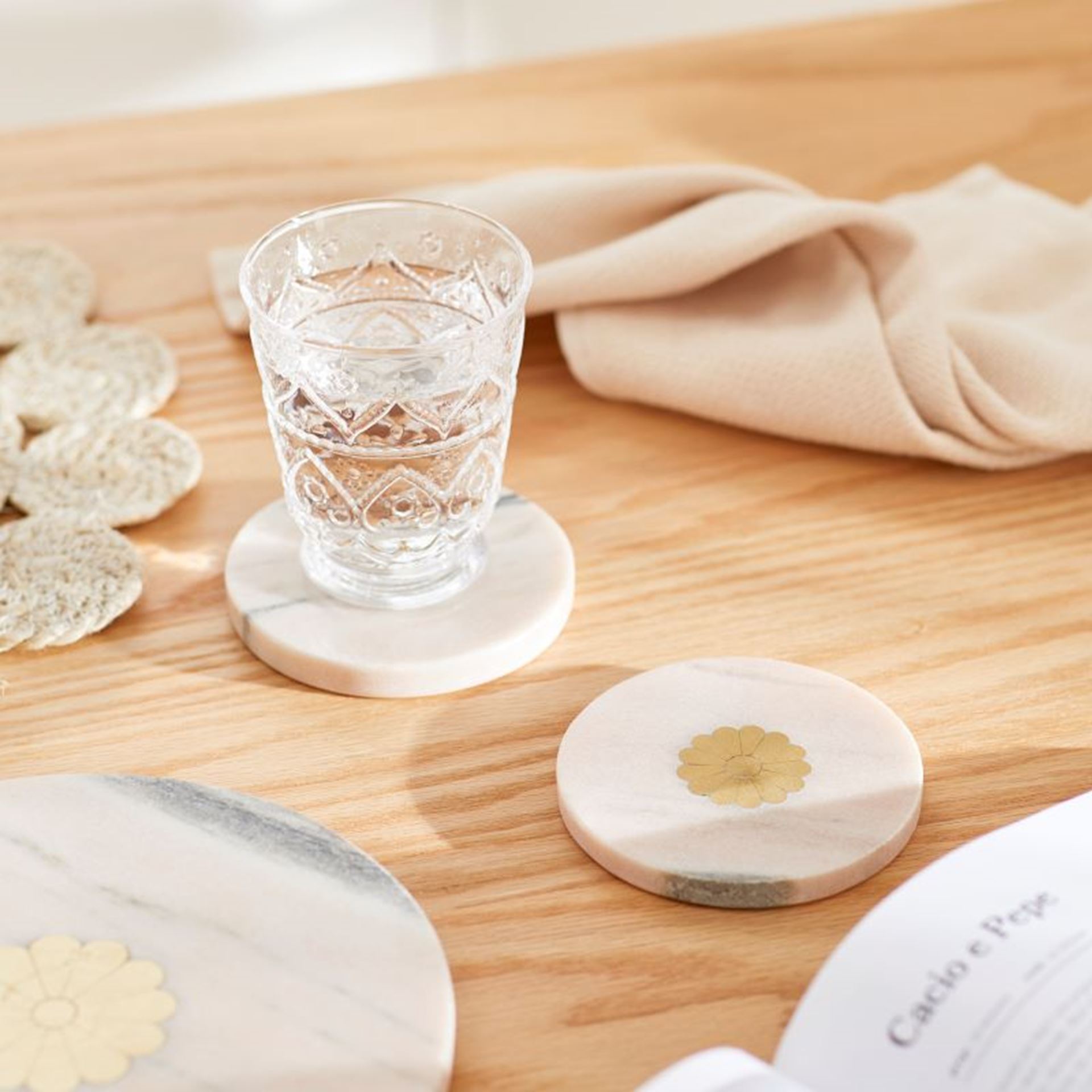
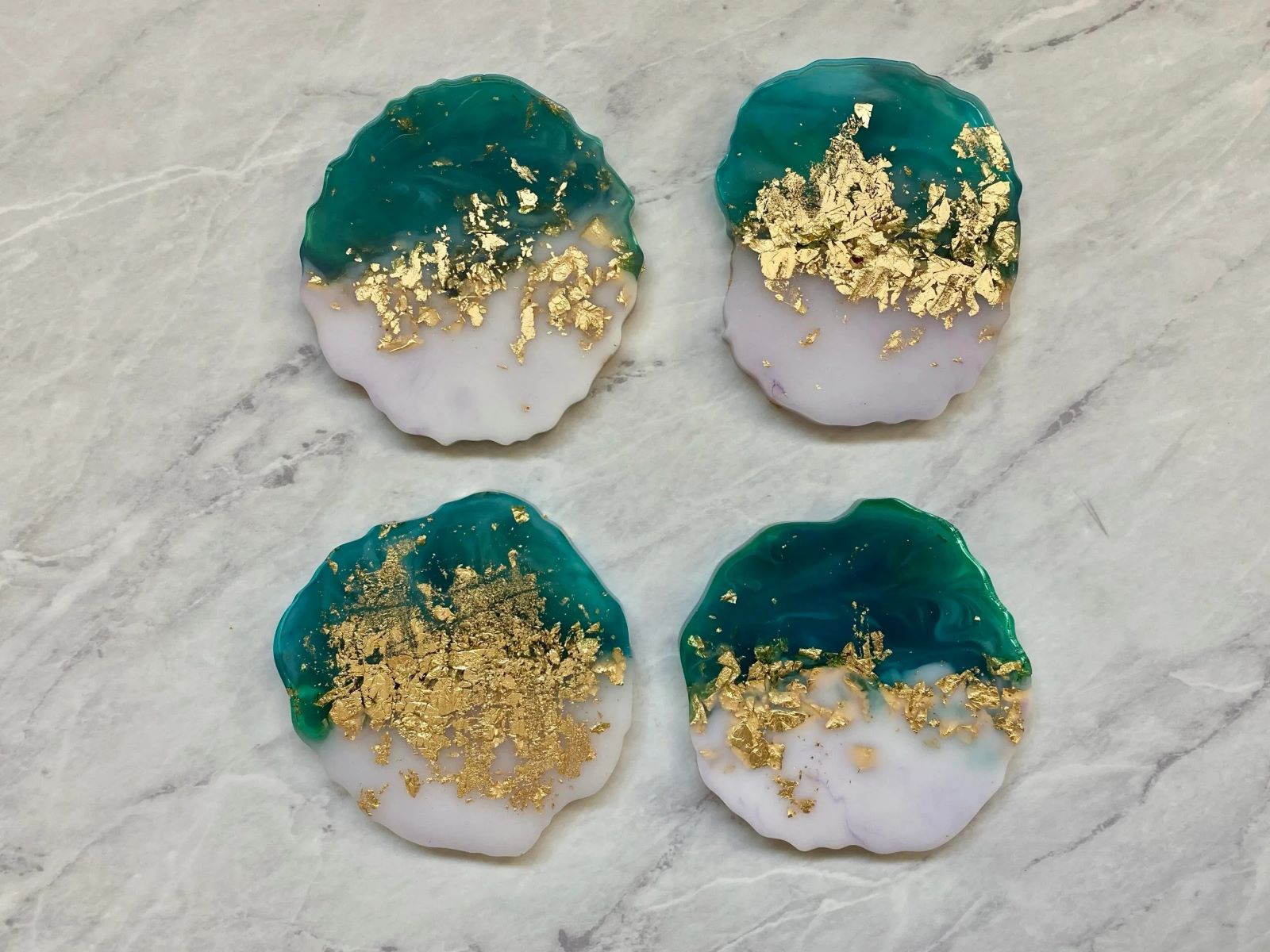
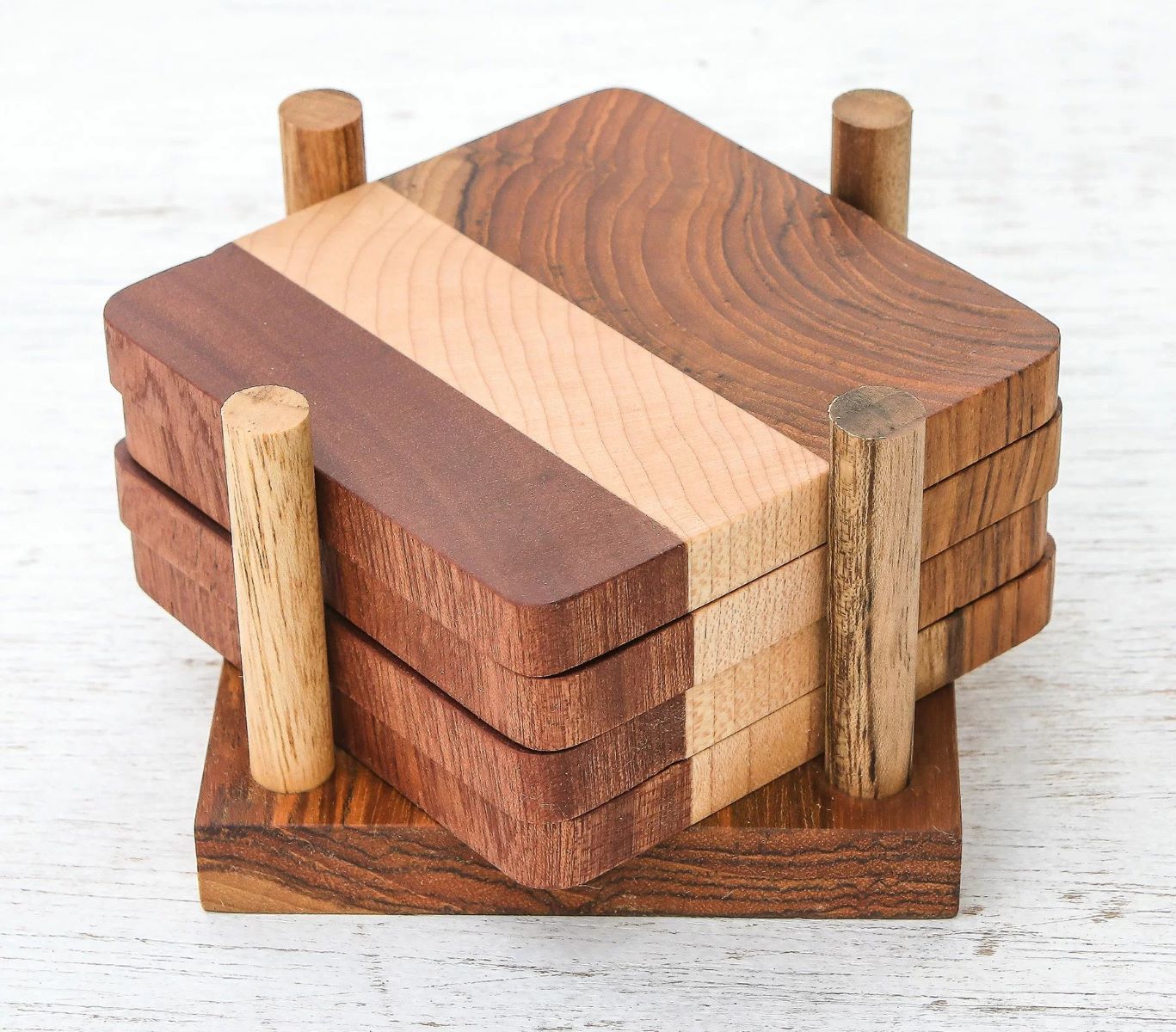
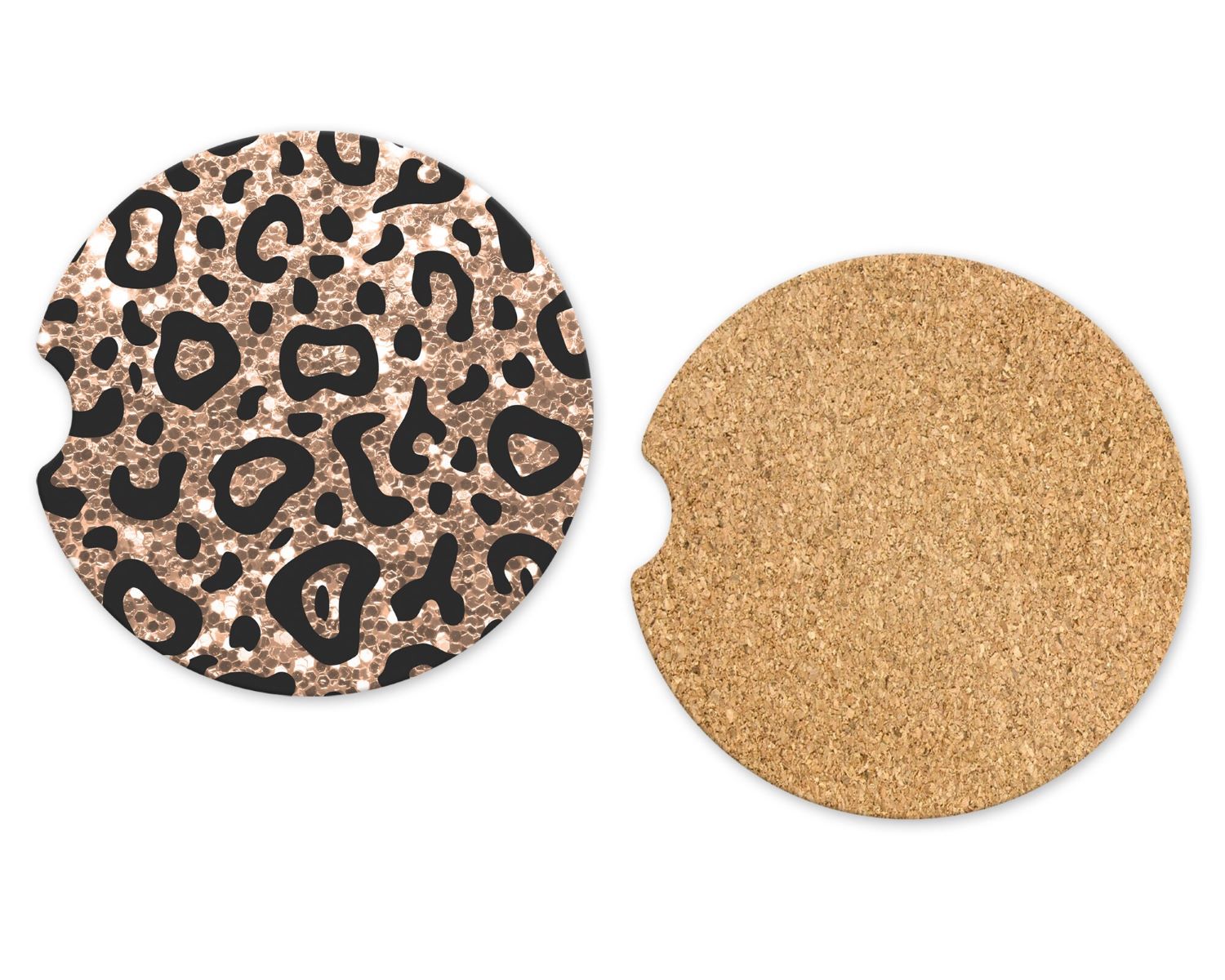
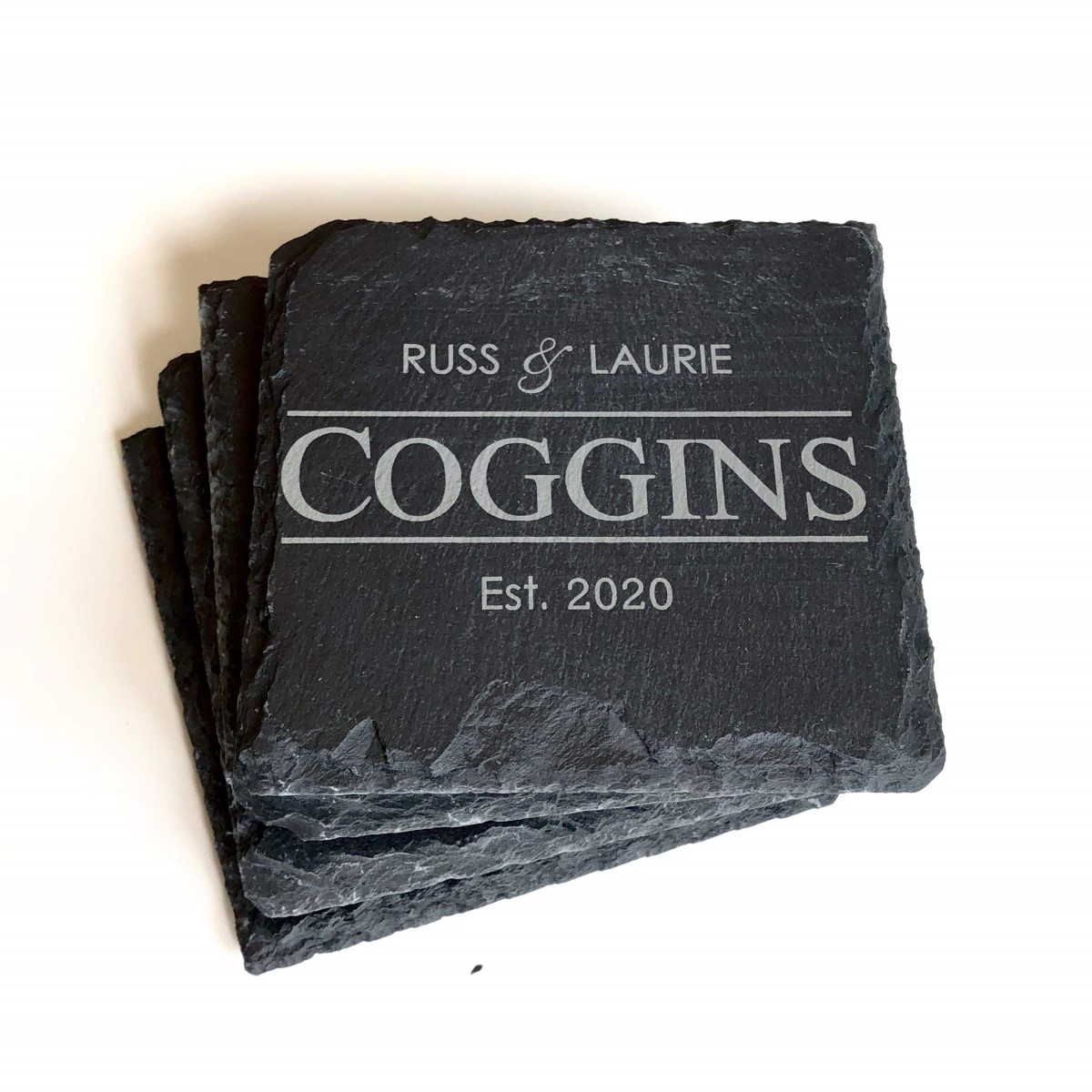
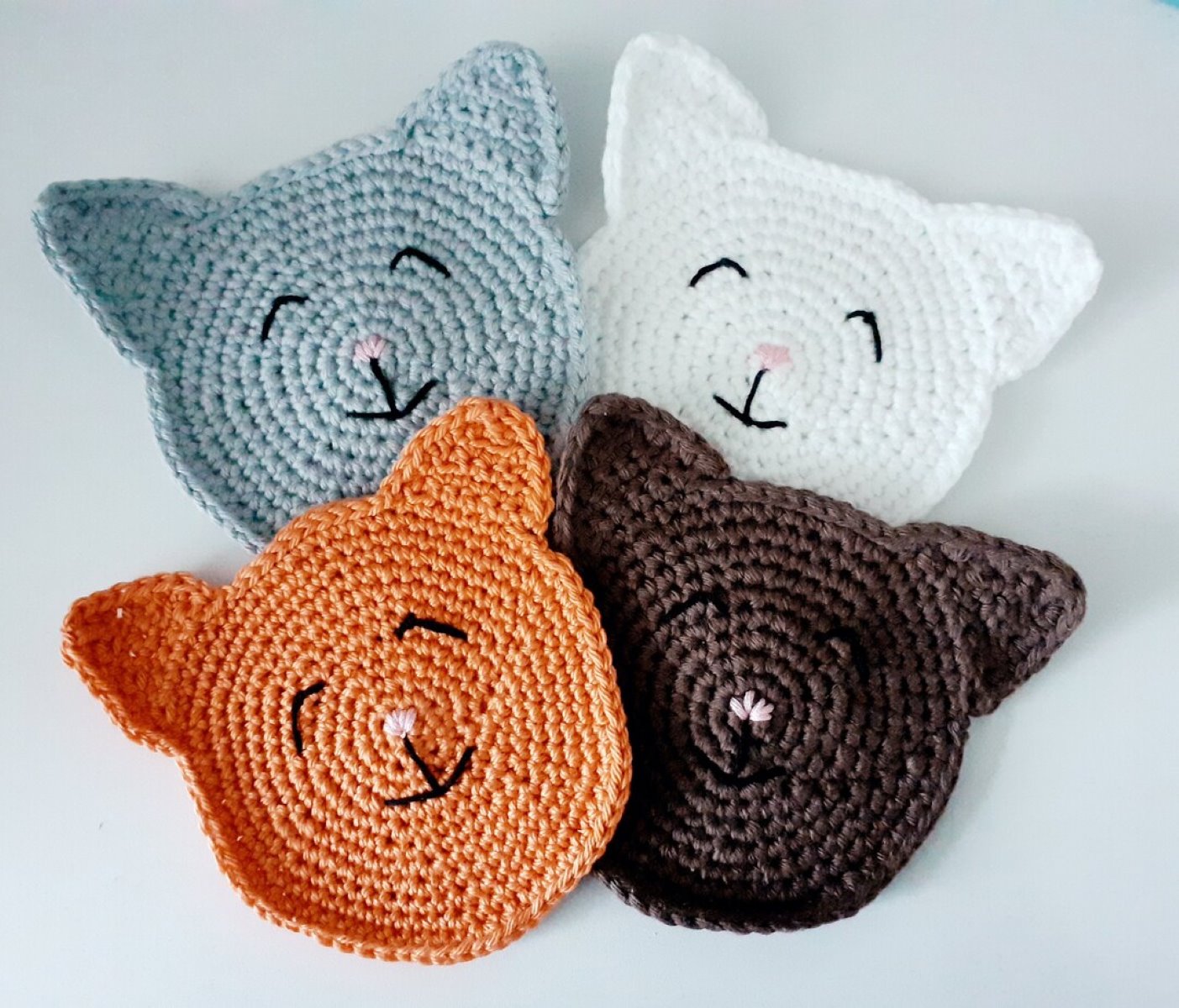
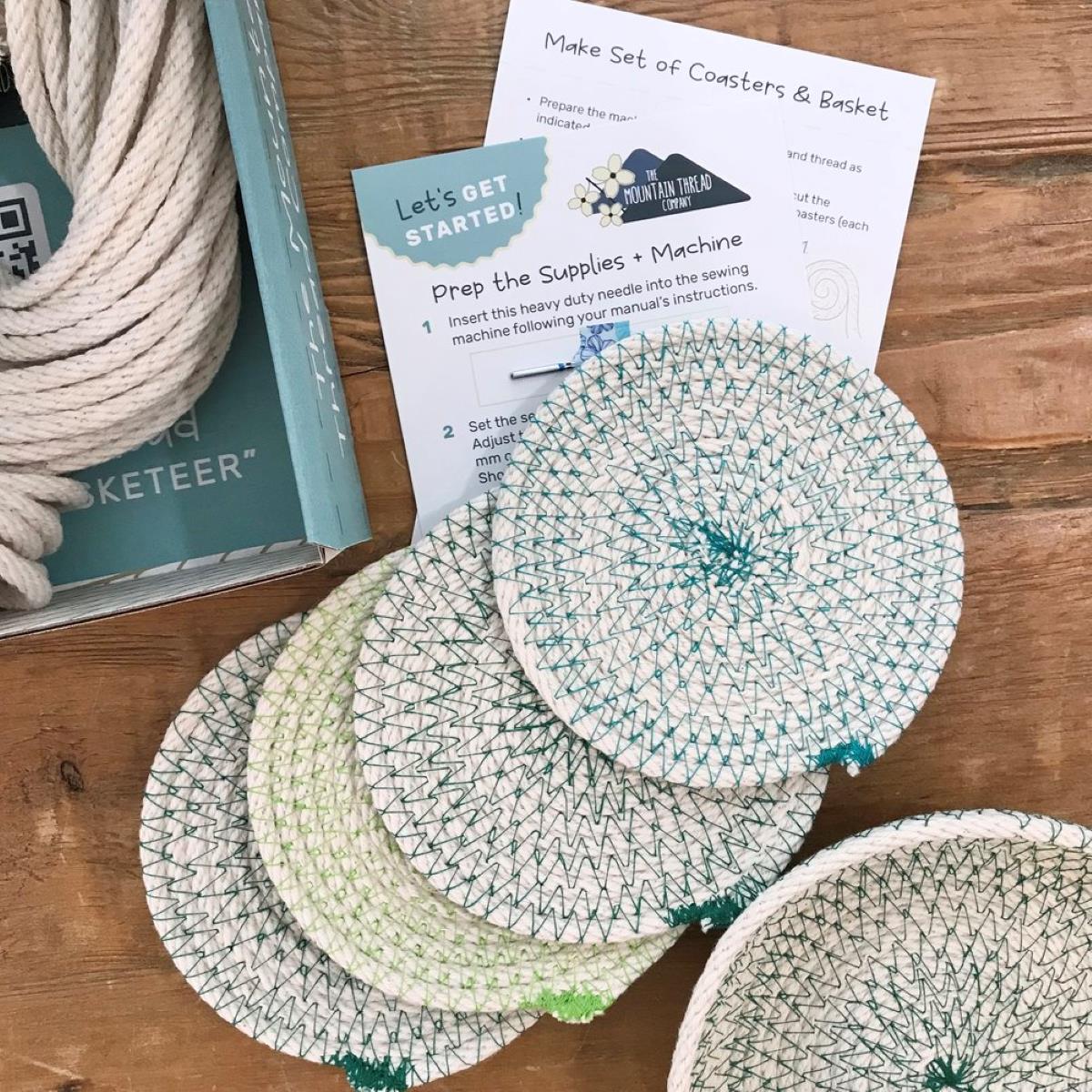
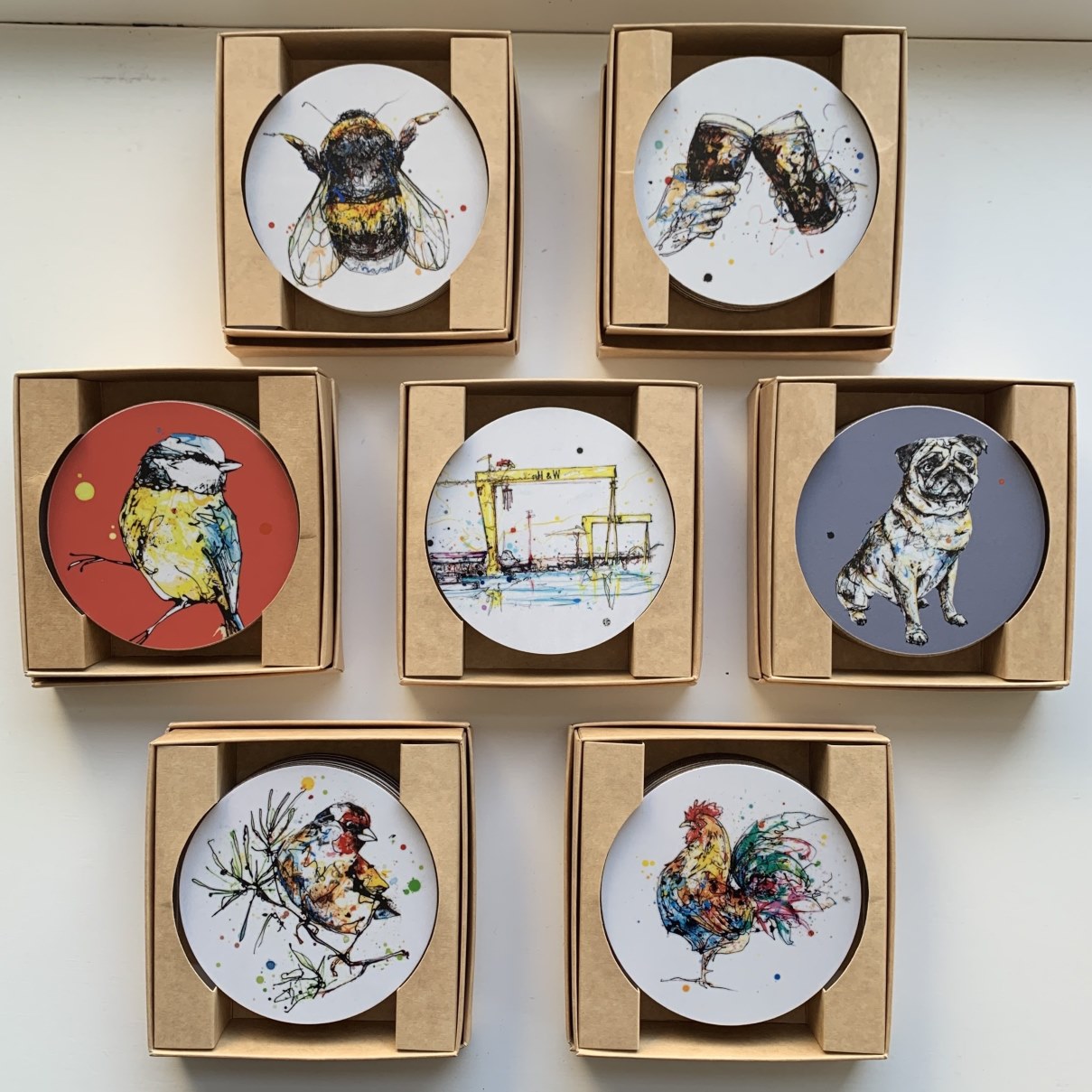
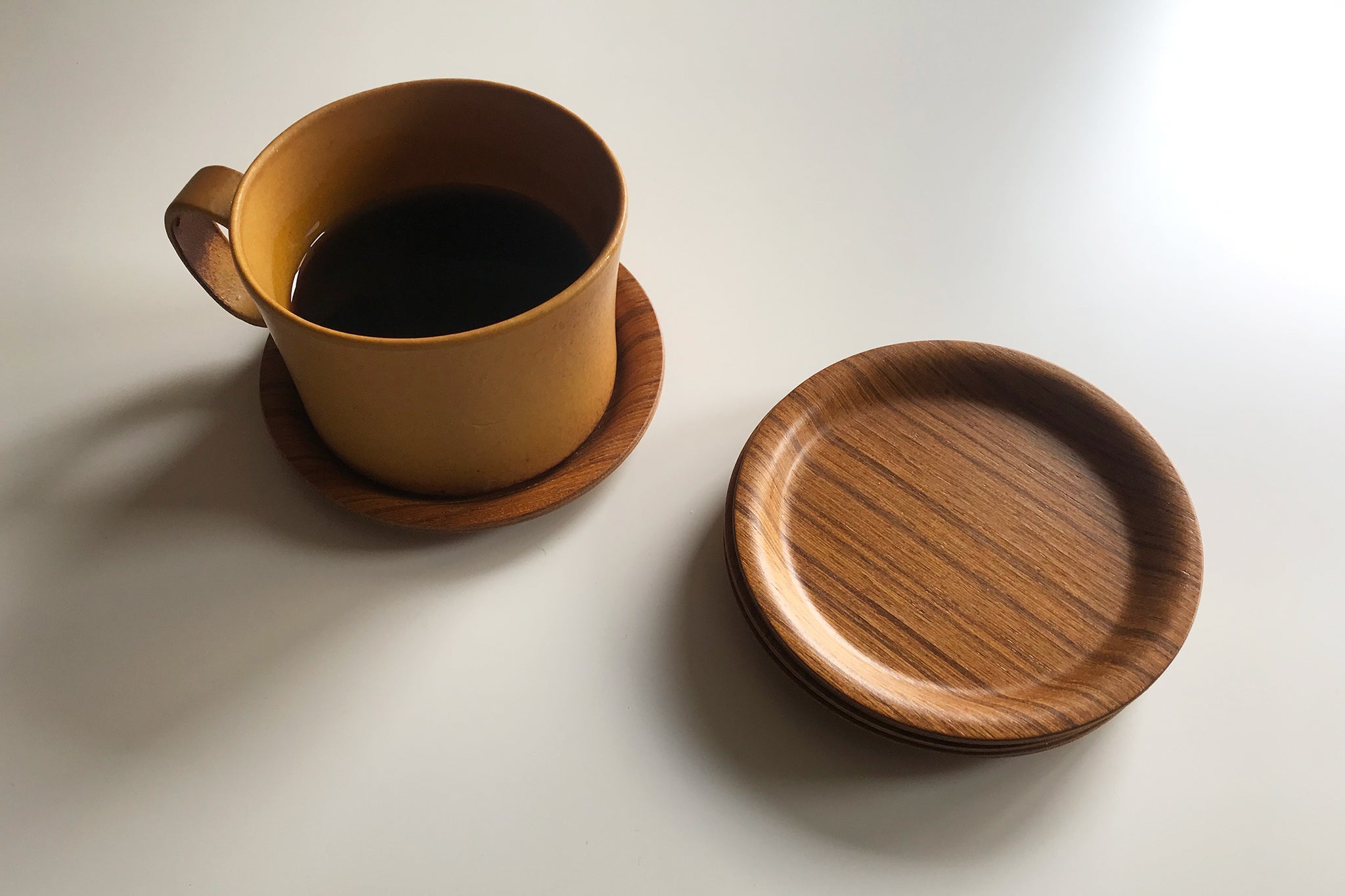
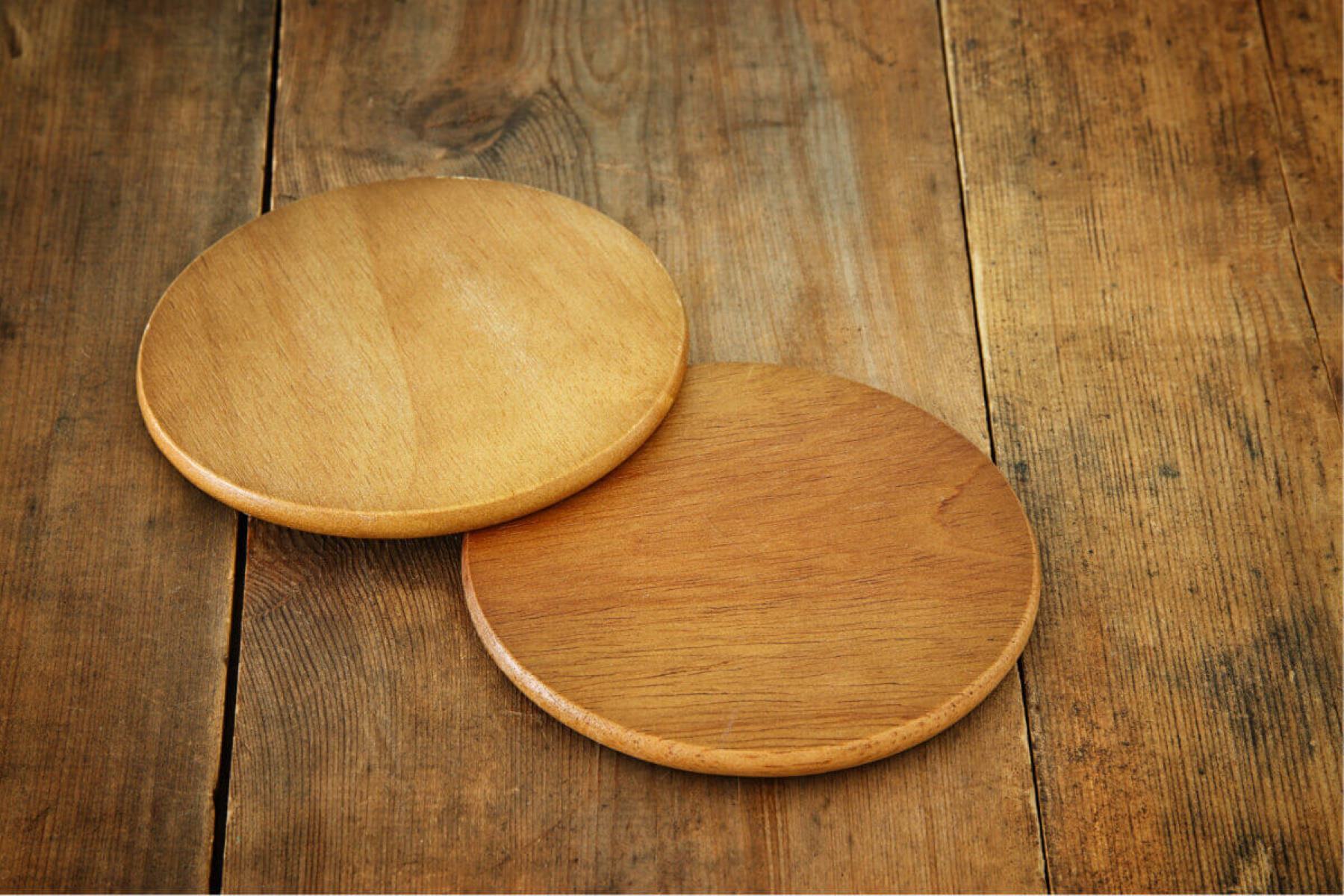
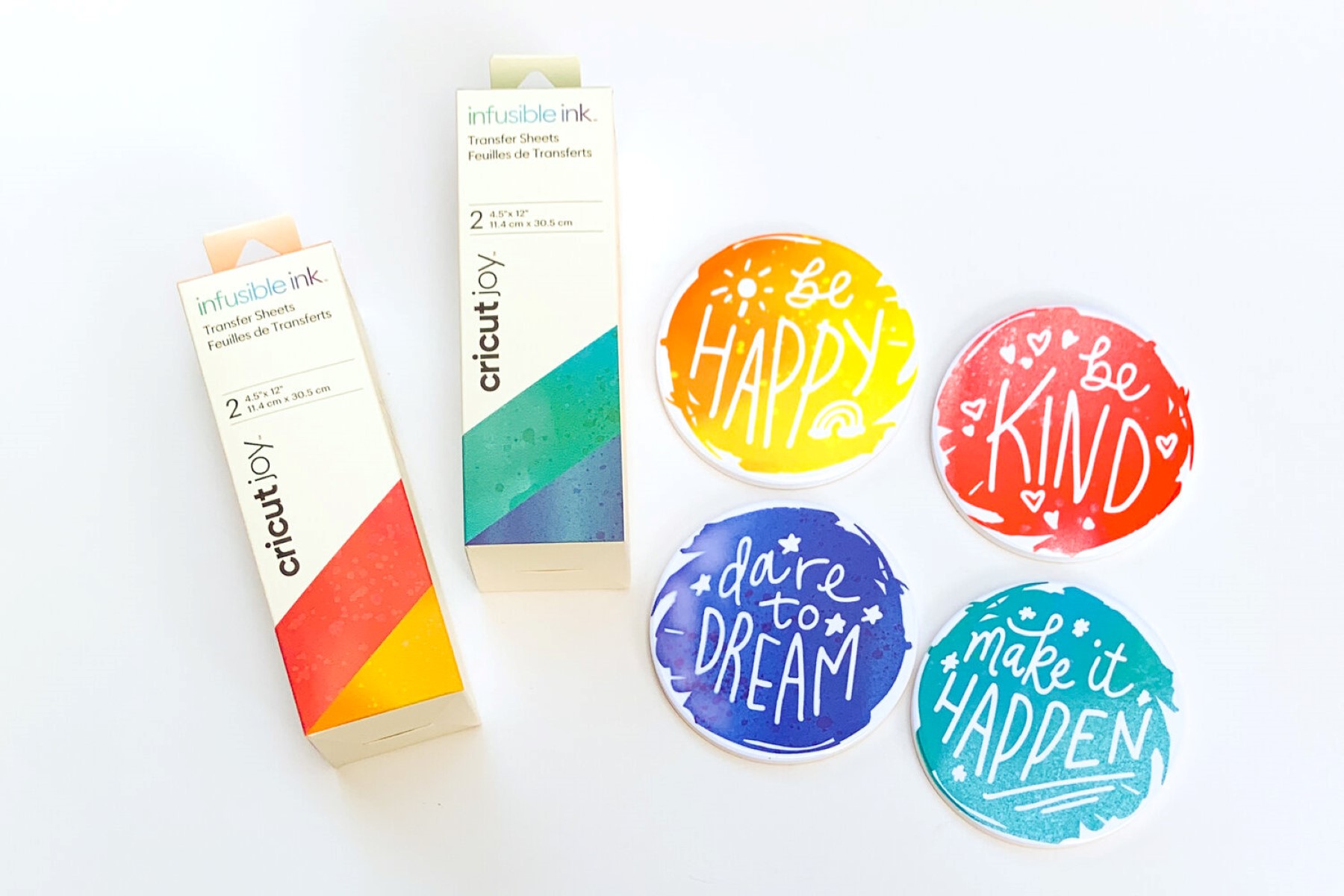
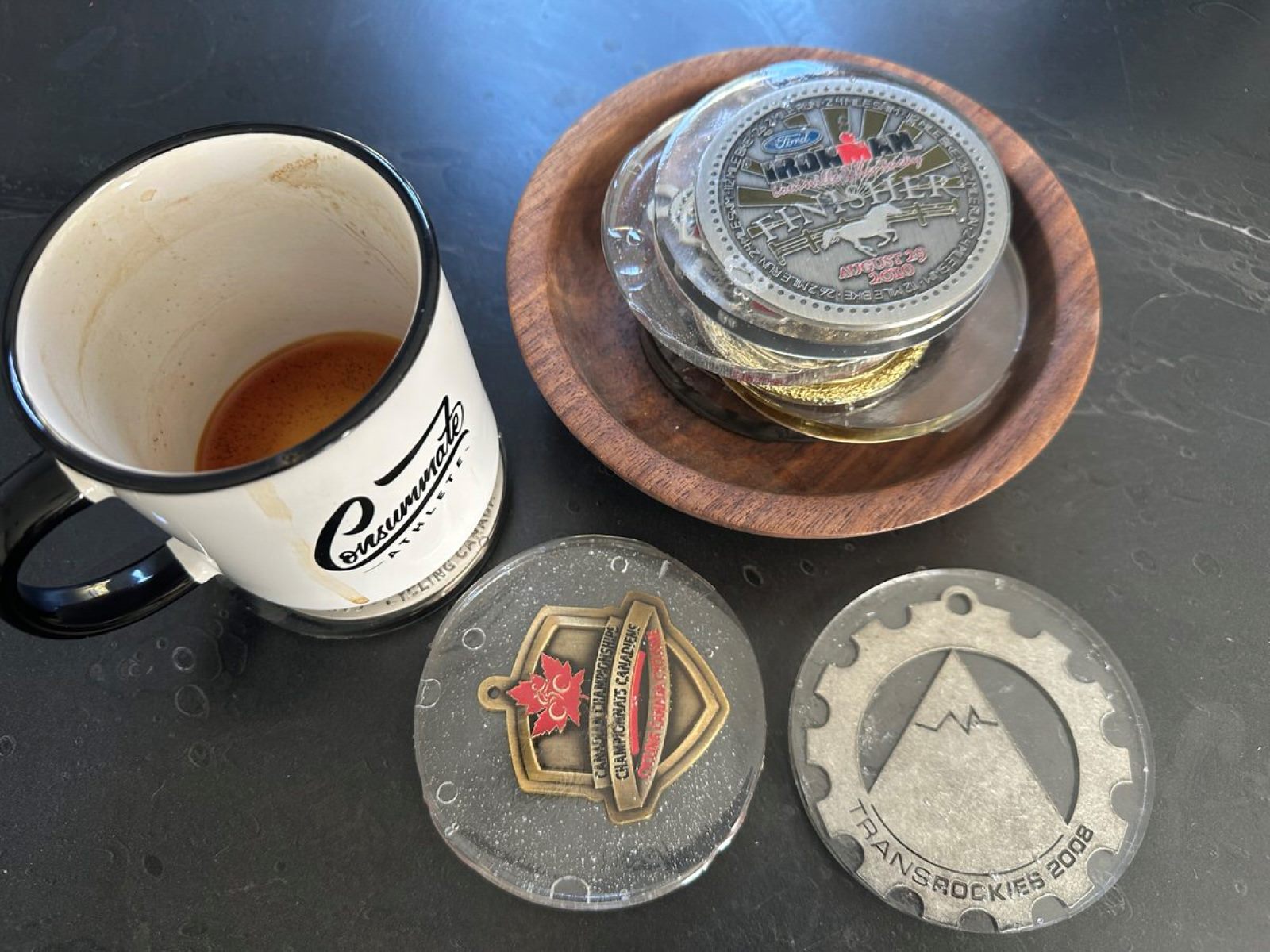
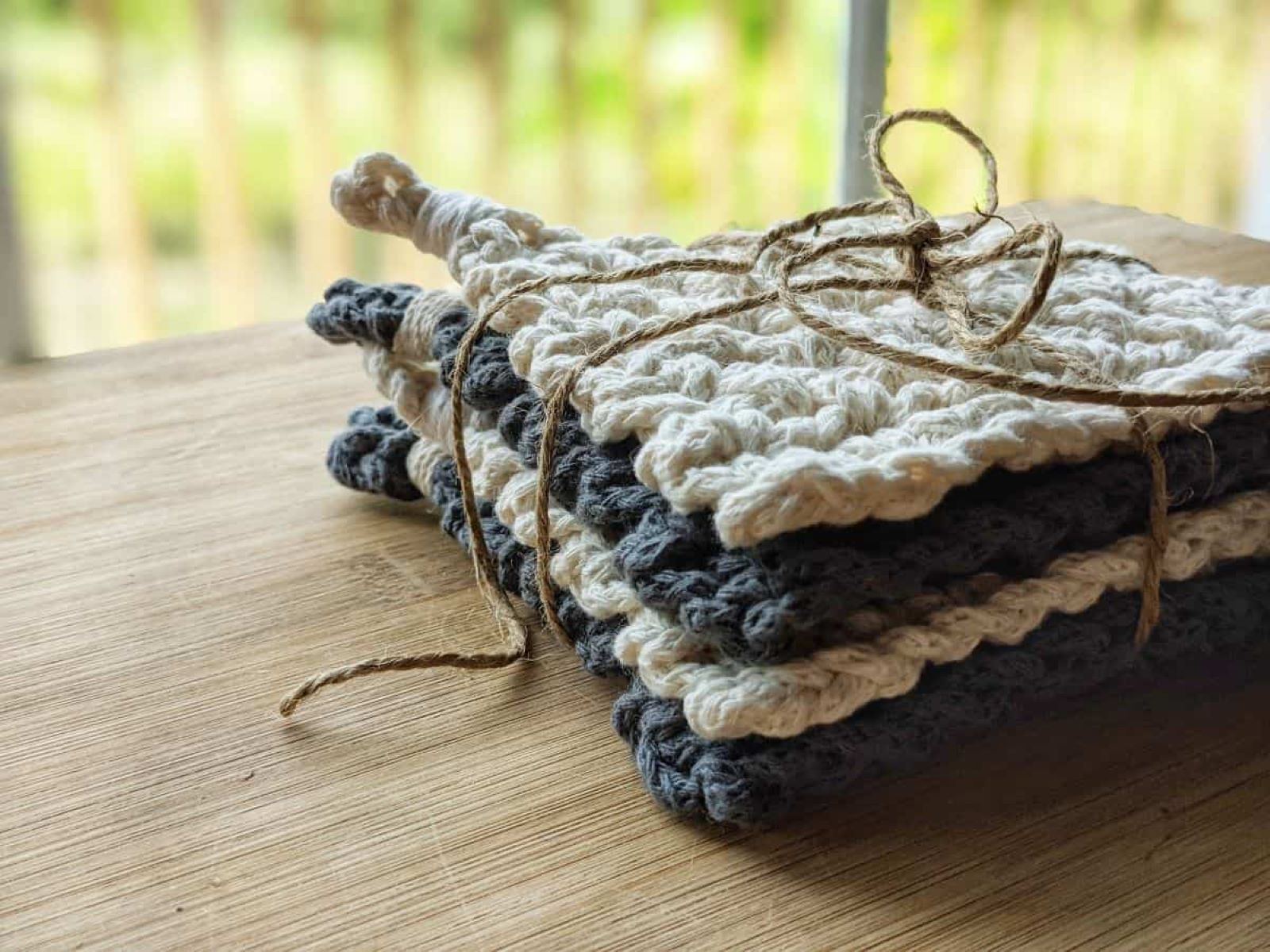

0 thoughts on “What Are Coasters For”